When it comes to hygiene stations, the Austrian wholesale bakery Ölz der Meisterbäcker relies on the concept of the hygiene technology specialist Mohn. The systems made of stainless steel are not only tamper-proof, but also energy-saving.
The Austrian family-owned company Ölz der Meisterbäcker has been producing baked goods at its headquarters in Dornbirn in the province of Vorarlberg since 1938. With around 600 employees at its headquarters, the market leader produces more than 100 products and 30 seasonal products.
In the course of the expansion and a future orientation of the Ölz production site in Dornbirn-Wallenmahd, a new concept for personnel hygiene was created in various areas of the company. The main premise here, in the sense of the quality management process, was that it should not just be about the presence of hand-washing basins or disinfection facilities. Above all, the obligatory use of hand cleansing, hand disinfection and also sole cleaning when passing through the hygiene process is important in order to ensure impeccable staff hygiene. “To be able to produce high-quality, flawless products, good hygiene practices are needed. And not just on paper. We attach great importance to this,” the company emphasizes.
Production Manager Walter Maurer explains: “Before we decided on Mohn's personnel hygiene station concept from among numerous suppliers on the market, there were access solutions in the form of cabinet systems. When the water tap of the sensor-controlled washbasin was turned on, the barrier was opened. The new system ensures that hygiene requirements are met by everyone.”
After dispensing the soap application to both hands, the Ölz employees are granted access to the production area – via the Highline hygiene station from hygiene technology specialist Mohn – and are thus prompted to wash the soap off their hands.
The built-in sensors, in conjunction with the Siemens Logo control unit, are considered outwit-proof. The entrance control unit automatically detects when both hands are not inserted in the two application openings and a soap application has taken place. The linked turnstile then remains blocked, and access to the hygiene station is denied, the manufacturer promises.
The issue of hygienic and visual design was also important when the contract was awarded. Especially in hygiene-critical areas such as production, the avoidance of particulate contamination of the end product was a key requirement. “We were just as convinced by the stainless steel material as we were by the geometric design of the equipment and systems of Mohn's Hygienic Design concept,” explains Walter Maurer. “Hygienic design” means the design of parts, components and production facilities that are suitable for cleaning.
According to Walter Maurer, the topic of energy saving was also particularly popular. Ölz der Meisterbäcker, itself a member of the “Energy Efficiency Network” and a partner of the “klimaaktiv Pakt2030”, has set itself the goal of reducing CO2 emissions by at least 50 % by 2030.
This is where the sole cleaning system integrated in the installed hygiene stations comes into play, activated by a patented innovation. The brush rollers are only activated when entering the walkway grate and stop again immediately when leaving. Novel, fully encapsulated sensors, in combination with patented spring tube technology, ensure lower energy consumption (electricity) thanks to an extremely short reaction time. In the conventional hygiene stations predominantly found on the market, the brushes are already running before the staff enters the walkway grate to clean the soles.
The spring tube technology, which works very reliably, has the additional advantage that sole cleaning works just as smoothly for people with dark instead of white trousers. With
hygiene stations using conventional sensor technology (diffuse sensors), there is the problem that people with dark clothing are not detected and the brush rollers do not work.
“It was also important for us to be able to make settings for the dosage of the soap or disinfectant used flexibly, simply and independently,” notes Walter Maurer. No problem with the Siemens Logo! 8 control system installed by Mohn. The individual programmability also allows, for example, a delay in the control of the opening times for the turnstile if longer cleaning of the soles is desired.
With the Siemens Logo! 8, however, the implemented hygiene stations are capable of far more than “perfect” personnel hygiene. In the age of Industry 4.0, it is no longer technically difficult to upgrade them to a “smart machine” by means of an integrable WLAN adapter and the “Intelligent Control” process visualization system. With “Intelligent Control”, not only the visualization of the system status, for example whether there are faults, is possible. Diagnoses and even settings of operating parameters or rinsing intervals, for example, can also be carried out via the smart process visualization solution. Several “smart machines” can also be networked and conveniently monitored from a workstation or tablet – also multi-compatible with many other systems, such as WinCC or Aveva.





